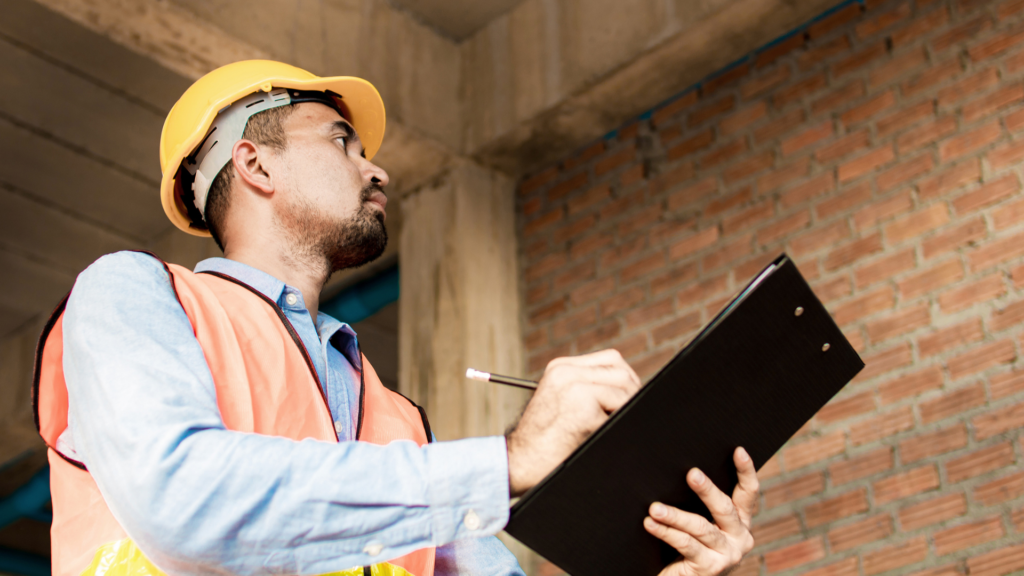If your home suffers any damage due to a hurricane, tornado, or thunderstorm, it is important to schedule a professional storm damage assessment. A professional assessment clues you into long-term damage, necessary repairs and replacements, and potential health risks. What exactly is included in a storm damage assessment? Let’s take a closer look.
Determining the Cause of Damage
First things first: your professional assessor has to determine the cause of damage. Now, this can be confusing. After all, what could have caused the damage besides the storm? Actually, many problems could exist prior to the storm, and the storm just happens to reveal them. Likewise, each component of the storm (wind, water, lightning) plays a different role in causing damage. Identifying where each section of damage originated helps your assessor develop an estimate.
Generally speaking, a professional performs the inspection with the following sources of damage in mind.
- Wind
- Water
- Electricity
- Structural integrity
- Neglect of maintenance
If it is determined that the home was ready to fall over prior to the storm, and the storm just happened to be the thing that knocked it over, it might switch up the estimate. In a nutshell, an assessor’s job is to separate facts from assumptions and provide a clear “next step” for the homeowner and their insurance provider.
What is Included in the Assessment Process?
So, what exactly is included in the storm damage assessment process? Naturally, the process has to be detailed, with the professional examining virtually every aspect of your home. Typically, the following steps are included in the overall process.
- Examine the roof for wind, rain, or hail damage.
- Check for defects in the building’s construction or violations of the local building code.
- Inspect electrical wires for power surges or long-term damage.
- Search the HVAC system for cracks, leaks, or bad air quality that can increase health risks.
- Identify flood, moisture, or mold damage in all locations of the home.
- Look for signs of neglect or maintenance on the part of the homeowner.
- Examine outside assets for wind damage (or disappearance).
- Inspect the building’s foundation for structural damage.
- Estimate the total loss of assets.
- Estimate the cost of repairs.
- Help settle relationships between the homeowner and the insurance provider.
- Evaluate the overall safety of the damaged building.
Additional Things to Keep in Mind
Although a storm assessor can help you settle disputes with your insurance provider, you can take steps to prepare for potential conflict. If you know there is a storm coming (specifically a hurricane), then take detailed photos of your house. Take pictures of your yard, driveway, systems, appliances, inside drawers and closets, etc. The more proof you have of what your house looked like prior to the storm, the easier it is to develop an accurate estimate of damage. Your storm assessor is definitely on your team!
What is Our Mission?
Disaster Management Recovery Group is here to assess your storm damage and determine the next step. If you need a roofing evaluation or have suffered exterior damage due to storms or other natural disasters, contact us and schedule a storm damage evaluation and start on the road to recovery.


